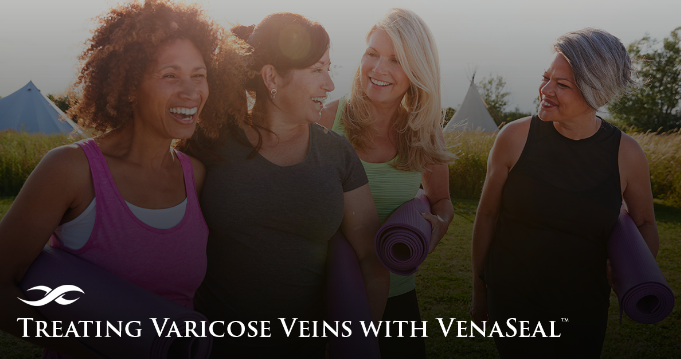About Vertebroplasties

A vertebroplasty is a procedure used to treat painful vertebral compression fractures. These fractures occur when one or more vertebrae in your spine cannot fully support the weight placed on it and begins to collapse due to tiny cracks in the bone.
Vertebroplasties are widely regarded as a safe and effective minimally invasive procedure for treating vertebral compression fractures. In fact, many patients experience a 90% reduction in pain within the first 24-48 hours following the procedure. Even more so, a large number of patients return to their previous level of activity without any form of physical therapy and a portion become completely symptom-free.
Common Conditions Treated
Vertebroplasties are most commonly used to treat compression fractures caused by osteoporosis, a disease that results in a loss of normal bone density. The procedure is often recommended after other less invasive treatments such as pain medication or the use of a back brace have proven ineffective. Generally, a vertebroplasty should be performed within 8 weeks of the initial fracture to provide the highest probability of success.
Vertebroplasty Procedure
Vertebroplasties are usually performed as outpatient procedures and only take about one hour to complete. To begin the procedure, the patient will be given both a moderate sedative and local anesthetic. Then, the patient is positioned face-down on the table. After a very small incision is made, your physician will utilize x-ray imaging to guide a hollow needle to the site of the compression fracture. Once in position, your physician will inject a cement mixture into the fractured bone to help stabilize it.
The medical grade cement typically takes 20 minutes to harden, during which time the patient will remain lying face down. After the cement has completely set, your physician will remove the hollow needle and use an x-ray or CT scan to confirm the procedure was successful.
Recovery from Vertebroplasties
As mentioned above, vertebroplasties are typically performed as outpatient procedures, meaning patients are able to return home the same day. Patients are able to walk around approximately one hour following the procedure. And while patients are able to return home the same day, bedrest or an extreme reduction in activity is recommended for the first 24 hours. After that first day, the patient will be able to gradually increase their activity level. A return to strenuous physical activity such as heavy lifting generally isn’t advised until 6 weeks following the procedure.
Your physician will likely schedule a follow-up appointment, at which they will ensure your recovery is going well.
Vertebroplasties are an incredibly effective minimally invasive treatment with as many as 75% of patients able to regain lost mobility and become more active.
Call (605) 217-5617 to schedule an appointment with Dr. Khurana.

